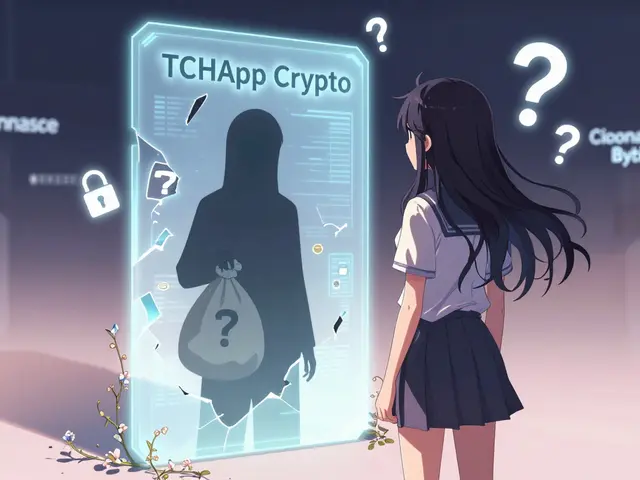Learn what IRISnet (IRIS) crypto coin is, its tech stack, tokenomics, real‑world use cases, and how it stacks up against other blockchain interoperability solutions.
Blockchain Interoperability – Connecting Chains for Real‑World Use
When talking about blockchain interoperability, the ability of distinct blockchain networks to exchange data and assets without friction. Also known as cross‑chain compatibility, it unlocks the full potential of the crypto ecosystem. Another crucial piece is cross‑chain bridges, software layers that lock assets on one chain and mint equivalents on another, which act as the highways between isolated ledgers. For larger ecosystems, projects like Polkadot, a multichain framework that uses a relay chain to coordinate parachains and Cosmos, a network of independent zones linked by the Inter‑Blockchain Communication protocol provide the underlying standards that make bridges reliable and scalable.
At its core, blockchain interoperability enables seamless value flow across ecosystems. Think about a trader who wants to swap a token on Solana for one on Ethereum without leaving their wallet – a cross‑chain bridge makes that possible in minutes, not days. These bridges rely on smart contract logic that can lock, verify, and release assets, often using Merkle proofs or validator sets. The main attributes of a good bridge are security (low risk of hacks), speed (quick finality), and decentralization (no single point of failure). When these attributes align, users experience the same frictionless feel as moving money between bank accounts, only faster and borderless.
Protocols such as Polkadot and Cosmos illustrate how standardization drives interoperability. Polkadot’s relay chain orchestrates message passing between parachains, allowing each parachain to maintain its own logic while speaking a common language. Cosmos achieves a similar goal with its IBC (Inter‑Blockchain Communication) protocol, which defines packet formats and acknowledgment flows so that independent zones can exchange tokens and data reliably. Both systems highlight the predicate‑object relationship: interoperability requires standardized protocols, and those protocols enable cross‑chain applications like decentralized exchanges, lending platforms, and NFT marketplaces to operate across multiple networks.
Despite the promise, interoperability introduces new attack surfaces. Sybil attacks, where malicious actors create many fake identities, can compromise bridge validator sets, leading to stolen funds. That’s why many projects integrate robust governance models, proof‑of‑stake validators, and cryptographic proofs to mitigate risks. Furthermore, regulatory environments, especially in regions like Australia, are beginning to address cross‑chain activity, demanding AML/KYC compliance for bridges that facilitate large asset movements. Understanding these challenges is essential for anyone building or using interoperable solutions.
For the Australian crypto community, interoperability matters because local exchanges and DeFi platforms want to offer users access to assets on Ethereum, Solana, Polygon, and emerging chains without forcing multiple accounts. The posts below dive into specific tokens, exchange reviews, and regulatory updates that intersect with cross‑chain functionality. Whether you’re curious about a Solana meme token, an IDO on a multi‑chain launchpad, or the latest licensing requirements for exchanges, each article shows how interoperability shapes the landscape.
Ready to explore the details? Below you’ll find in‑depth guides, token analyses, and practical tips that illustrate how blockchain interoperability is reshaping trading, development, and compliance across the crypto world.





